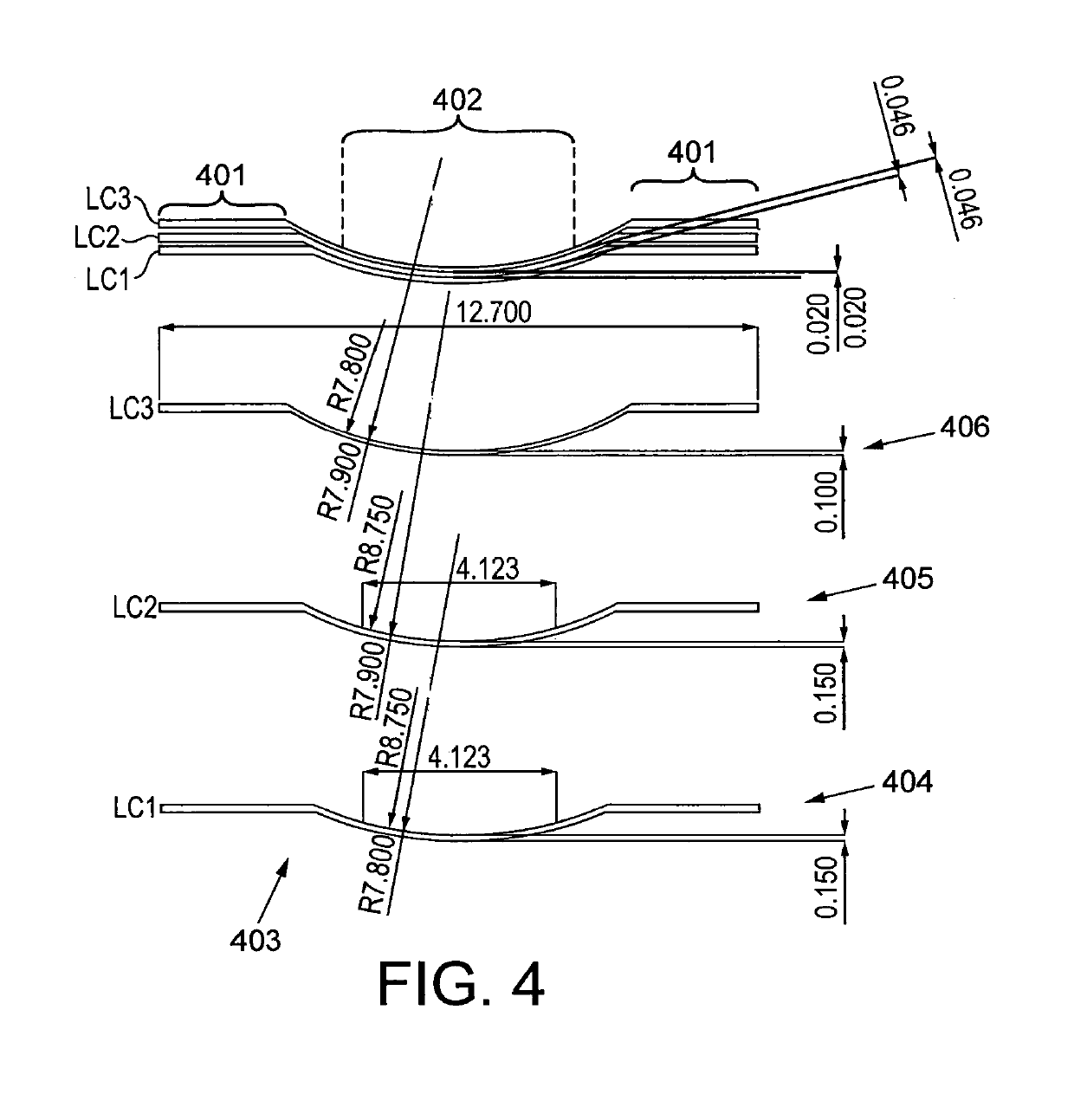Liquid crystal device and method of manufacture
a liquid crystal device and liquid crystal technology, applied in the field of liquid crystal devices, can solve the problems and the controllable focal power of the liquid crystal device, and achieve the effect of reducing the comfort problem of existing vision correction products
- Summary
- Abstract
- Description
- Claims
- Application Information
AI Technical Summary
Benefits of technology
Problems solved by technology
Method used
Image
Examples
Embodiment Construction
[0096]In recent years presbyopia correction through the use of contact lenses has been an area of research and development, with numerous designs now available. In terms of prescription trends internationally, the majority of contact lens wearers above the age of 45 currently wear non-presbyopia correcting lenses, with smaller proportions using monovision corrections and multifocal lenses. However, in the UK for example, monovision correction is more popular, with roughly equal corrections using monovision and simultaneous vision lenses. There has been a shift towards multi-focal lenses and away from monovision internationally which may be due to low monovision success rates, new corrective products becoming available, along with additional training and acceptance of simultaneous vision lenses by opticians.
[0097]Additional disadvantages of monovision lenses may include a lack of intermediate vision for computer use, discomfort from blur suppression, difficulty arising from the fluid...
PUM
| Property | Measurement | Unit |
|---|---|---|
| diameter | aaaaa | aaaaa |
| thickness | aaaaa | aaaaa |
| anterior radius | aaaaa | aaaaa |
Abstract
Description
Claims
Application Information
 Login to View More
Login to View More - R&D
- Intellectual Property
- Life Sciences
- Materials
- Tech Scout
- Unparalleled Data Quality
- Higher Quality Content
- 60% Fewer Hallucinations
Browse by: Latest US Patents, China's latest patents, Technical Efficacy Thesaurus, Application Domain, Technology Topic, Popular Technical Reports.
© 2025 PatSnap. All rights reserved.Legal|Privacy policy|Modern Slavery Act Transparency Statement|Sitemap|About US| Contact US: help@patsnap.com



